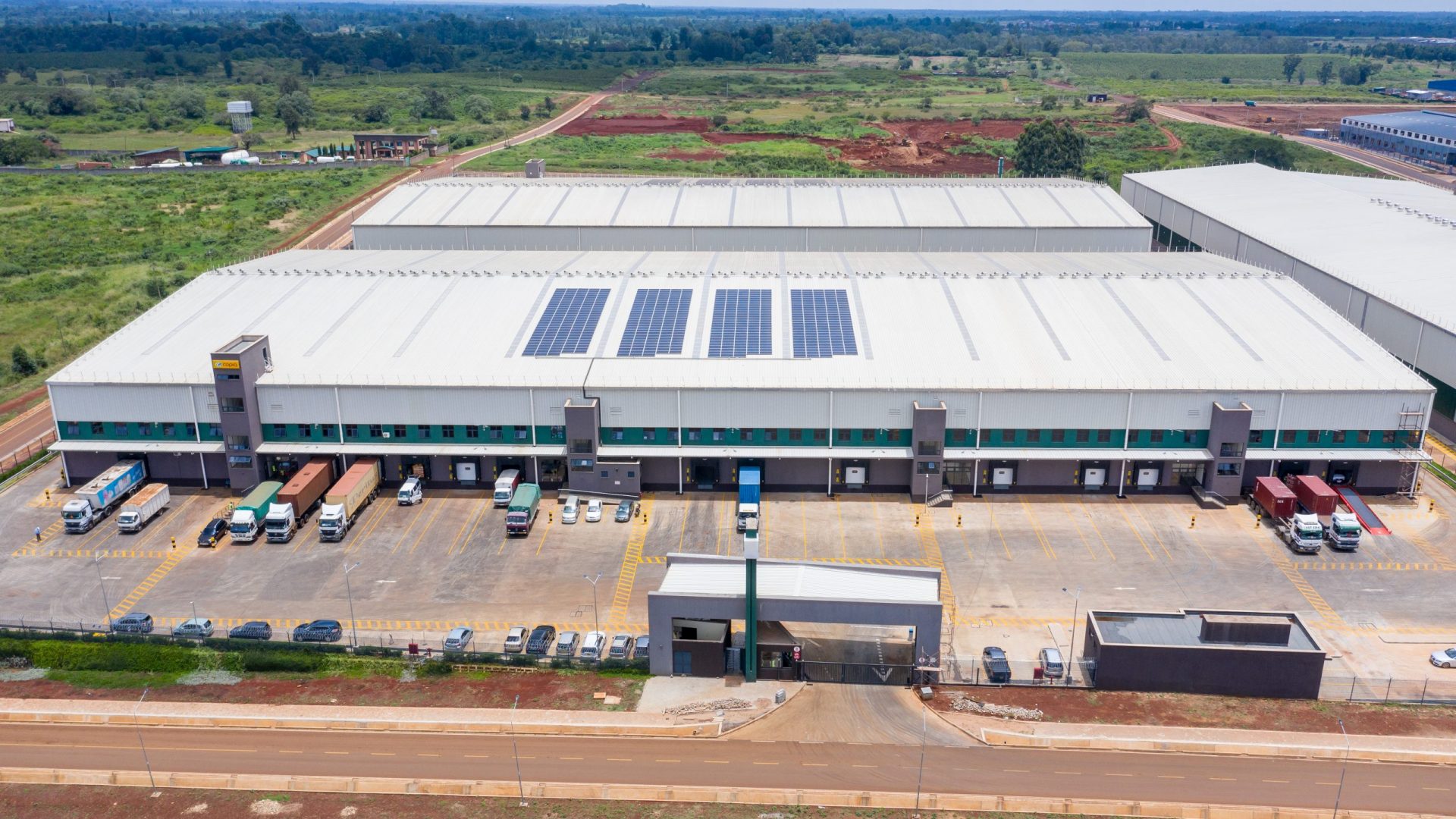Emphasising the ‘S’ in ESG – five lessons from our social risk workshops
How is human rights management in supply chains going to evolve in 2023? What are the most effective ways to proactively engage key stakeholders? How can community conflict threaten business success? And where are the opportunities for positive impact?
These are just a few of the questions we tackled during a two-day workshop on social risk management in Nairobi last month. We brought together 30 Environmental, Social, and Governance (ESG) practitioners from our portfolio in East Africa to help strengthen understanding of how to analyse and address complex social risks.
First things first – what is social risk management?
The ‘social’ component of ESG focuses on all the ways that companies interact with their employees, customers and stakeholders, including the communities in which they operate. Left unaddressed, social risks can have serious consequences such as human rights violations or health and safety incidents. Proactive management of social risk can also bring multiple commercial benefits for businesses, including increased worker retention and productivity as well as access to international capital and global value chains.
During the workshops, several common themes emerged. Here are our top takeaways:
1. Social risk is not static or linear
In practice, social risk is dynamic and often caused by several contributing factors. To effectively drive action and positive change, social risk management should take this into account, by being both adaptive and iterative.
During the workshop, one participant explained how they had conducted an environmental and social impact assessment (ESIA), but that the risks had evolved by the time they started operating. The ESIA recommendations were then adapted to manage the actual risks and were monitored more regularly than originally planned so they remained relevant.
2. Consultation is key
Social risk is all about people. Companies can only identify and work towards effective and sustainable solutions that are in the interest of both business and stakeholders if they communicate and consult with potentially affected stakeholders.
One participant recounted how they had taken ownership of a project that was perpetually at conflict with local communities over ever-changing issues. It was only once a comprehensive stakeholder analysis and engagement plan had been developed and implemented that they were able to make progress on company-community relations. Key to success was involving the stakeholders in the design of the plan.
3. Get comfortable with being uncomfortable
Companies’ interactions with stakeholder groups can be complex, often interlinked and constantly evolving. This is especially true in challenging operating environments, where there are issues such as political instability, weak rule of law or inadequate infrastructure. In these environments, situations can rapidly escalate to greater extremes of company-community conflict, requiring companies to ‘be comfortable with being uncomfortable’. This also includes accepting that there might be issues beyond a company’s understanding and/or influence. Conversely, companies can, through a careful consideration of their levers and leverage, act proactively to favourably shape their position.
One company explained how they had been operating successfully until a policy of decentralisation was implemented across the country. This changed the environment rapidly, with local political actors manipulating their bases and a situation in which the company became an object around which tensions were focused and targeted. The company was, over time and through extensive consultation, able to orientate itself so that it was not entangled with local political agendas.
4. Check your biases
The value of proactively evaluating your sources and analysis of information, as well as conclusions and recommendations should not be underestimated. It’s important to recognise different perspectives when considering social risks.
One exercise during the workshop used a grid to plot the sources of information participants regularly used, whether they were internal or external, and what those sources covered (sector, country, business). This helped firms to identify potential gaps and biases.
5. Take the time to be proactive
If unmanaged, or improperly managed, social risks can quickly lead to operational disruption, financial losses and/or reputational damage. Proactively seeking to understand and address social, labour and human rights issues is both the right thing to do for those people who may be potentially affected, as well as being beneficial to the business by protecting and potentially creating commercial value. Experiences shared during the workshop showed that investing in constructive community relations, built on regular engagement, effective and accessible grievance mechanisms as well as robust internal management systems is instrumental in identifying and addressing potential issues before they escalate into more entrenched conflicts.
Find out more about managing social risk on our free-to-use ESG Toolkit. Our workshops are delivered by social risk management specialists Minerva and Ergon Associates, and funded by our technical assistance facility BII Plus. We will be running additional social risk workshops this year for our portfolio in West Africa and Ethiopia. Contact esgtraining@bii.co.uk for more information.











